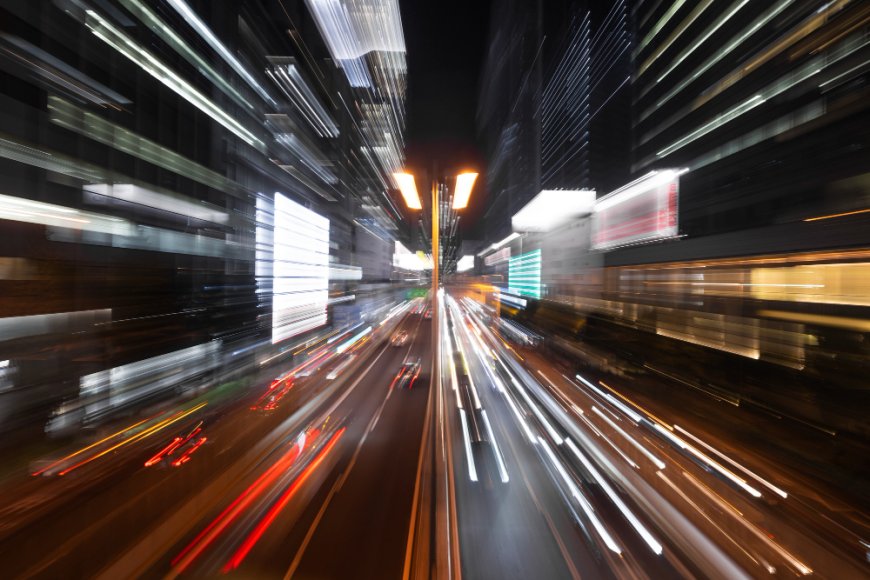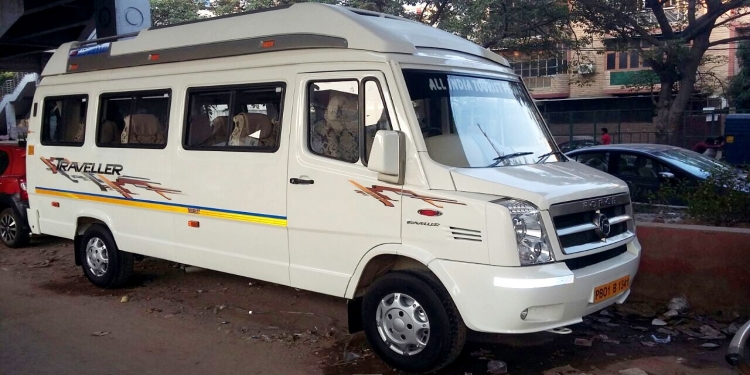The Future of Speed Detection: Smarter Roads Ahead
Explore how speed detection technology improves road safety, traffic management, and law enforcement with accurate real-time monitoring.

As cities expand and vehicular traffic grows, the importance of enforcing road safety becomes more critical than ever. One of the key components in achieving this goal is speed detection. No longer limited to static radar guns or analog setups, modern speed detection systems are evolving rapidly with the integration of intelligent technologies. The future of speed detection is paving the way for smarter roads, where safety, data, and automation converge to create a more efficient and secure transportation ecosystem.
The Evolving Role of Speed Detection in Urban Mobility
Speed detection has traditionally been about enforcing speed limits and issuing fines. However, this role is expanding into a broader vision that supports traffic analysis, accident prevention, and urban planning. In modern infrastructure, speed detection systems are no longer passive tools; they are active contributors to intelligent traffic management. These systems now provide real-time data that can help monitor traffic flow, identify high-risk zones, and optimize emergency response times.
With an increasing focus on smart city initiatives, speed detection is no longer viewed in isolation. It is integrated with surveillance, vehicle classification, automatic number plate recognition (ANPR), and real-time analytics. This integration allows city planners and traffic enforcement agencies to make data-driven decisions and adopt proactive safety measures.
Advanced Technologies Behind Speed Detection
The shift from traditional to intelligent speed detection is largely driven by advancements in computer vision, artificial intelligence, and sensor fusion. Instead of relying solely on radar or laser-based systems, modern speed detection solutions utilize high-definition cameras coupled with AI-powered software that can track vehicles across multiple lanes and measure speed with pinpoint accuracy.
These systems are capable of detecting violations in varied weather conditions, low-light environments, and congested traffic. Algorithms can differentiate between vehicle types—such as cars, trucks, and two-wheelers—and even capture multiple violations simultaneously, such as over-speeding combined with red light jumping or lane deviation.
Another significant feature of next-generation speed detection systems is the ability to function in a non-intrusive manner. Unlike older setups that required road surface sensors or magnetic loops, the latest solutions work seamlessly without disrupting the physical road infrastructure. This reduces maintenance needs and minimizes downtime.
Integration with Smart Traffic Enforcement
Modern speed detection is closely linked to intelligent traffic enforcement systems. When a vehicle exceeds the designated speed limit, these systems can automatically capture a clear image of the vehicle, read its number plate, and generate an evidence-based violation record. These records can be time-stamped and geo-tagged, offering legal-grade proof for enforcement authorities.
The automation of this process eliminates the need for human intervention, reduces the possibility of error, and ensures consistent enforcement. Moreover, this data can be centralized and accessed through integrated platforms that allow for monitoring across multiple locations in real time.
This level of integration empowers city administrators to not only penalize violations but also understand behavioral patterns. By analyzing this data, they can implement targeted safety campaigns or modify road layouts to reduce accident-prone zones.
Real-Time Analytics and Predictive Insights
One of the most transformative aspects of speed detection today is its ability to generate actionable insights. High-performance analytics engines process a continuous stream of data, helping authorities anticipate potential risks. For instance, a sudden increase in over-speeding incidents on a specific route might suggest signage issues, road damage, or construction work that needs immediate attention.
Predictive models can also suggest where future speed enforcement should be prioritized. This intelligent allocation of resources improves the efficiency of law enforcement agencies and ensures a greater level of road safety.
Real-time analytics from speed detection systems also support emergency response. In case of an accident or a sudden traffic build-up, alerts can be triggered to nearby patrol units or medical responders. These alerts come with contextual information such as the vehicle type, direction of travel, and exact location, which can be crucial for rapid intervention.
Data-Driven Urban Planning
Beyond enforcement, speed detection data plays a valuable role in shaping urban infrastructure. Urban planners and municipal bodies can use historical speed and traffic pattern data to make informed decisions about road expansions, signal timings, and pedestrian crossings.
This data also enables the planning of speed-calming measures such as speed humps, rumble strips, and signage placement in high-speed zones. Instead of implementing generic solutions, city planners can take a data-driven approach to customize interventions based on actual traffic behavior.
Conclusion
Speed detection is no longer a passive function relegated to highway patrols or fixed-speed cameras. It has evolved into an intelligent, proactive, and multi-functional tool that plays a vital role in shaping the future of urban mobility. As cities continue to grow and the demand for safer, more efficient roads increases, the future of speed detection holds immense potential. Smarter roads are not just a vision—they are becoming a reality, and speed detection is leading the way.



































































































































































